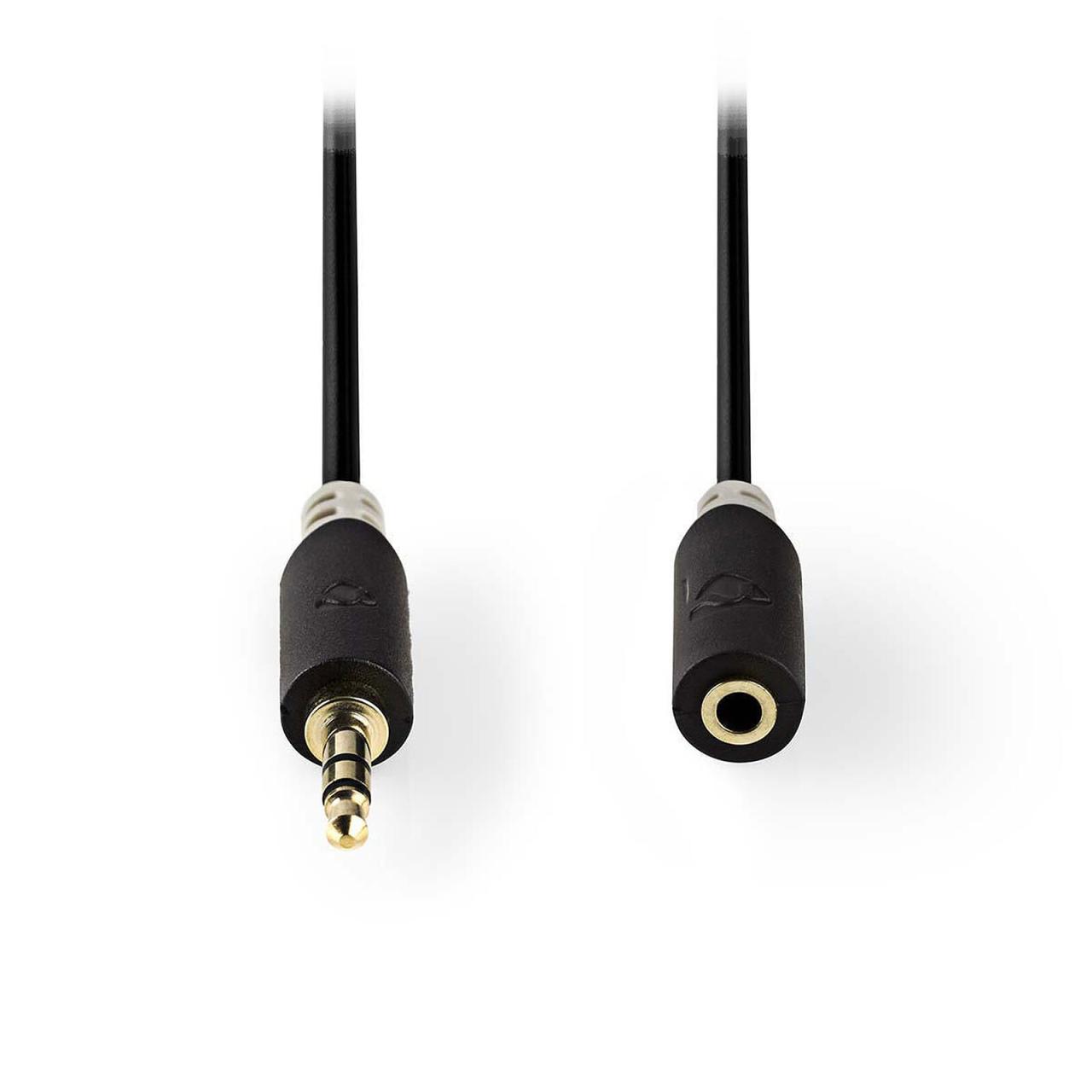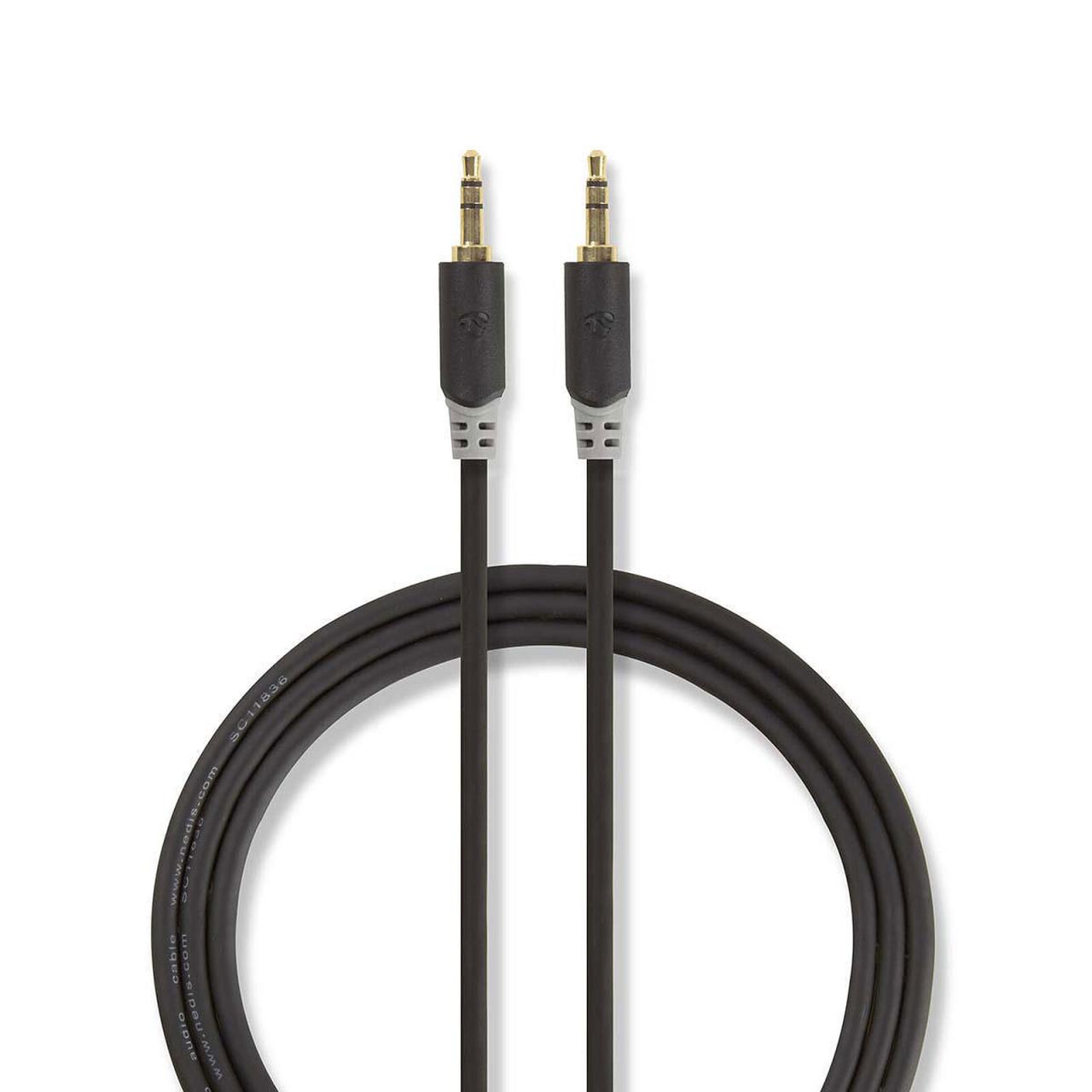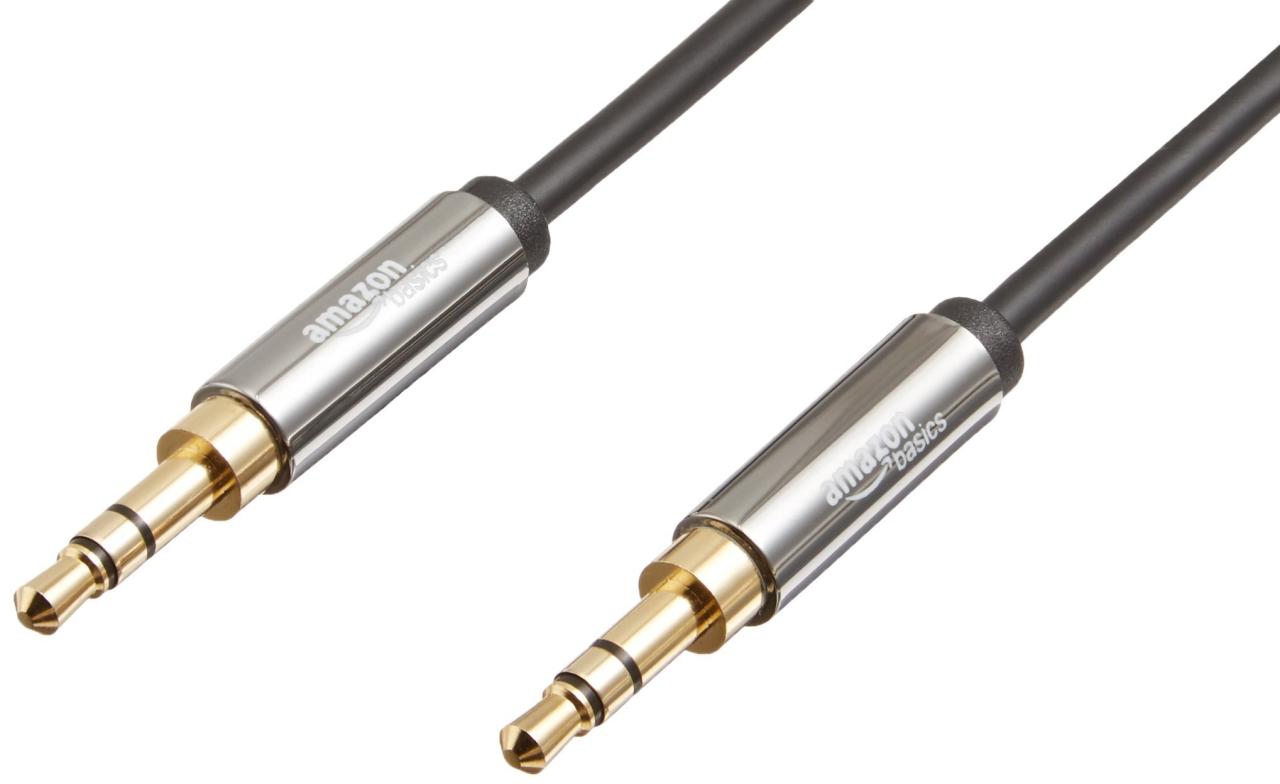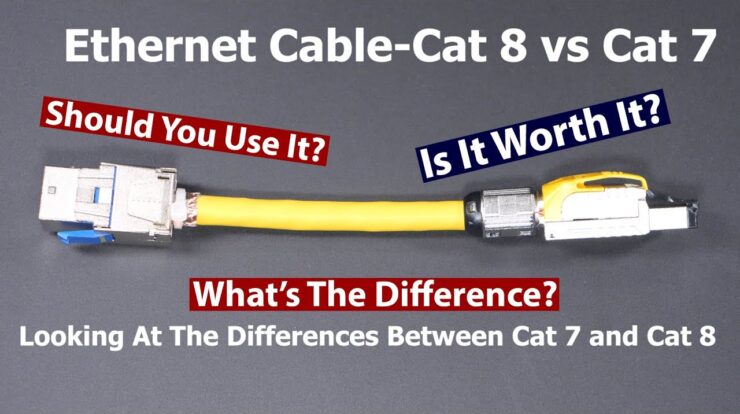High quality audio cable 3.5 mm, the unsung hero of the audio world, plays a pivotal role in delivering exceptional sound quality. Dive into the intricate details of these cables and discover how they elevate your listening experience to new heights.
Beyond transmitting audio signals, high quality audio cables 3.5 mm are meticulously crafted to preserve the integrity of sound, ensuring that every note, every beat, and every nuance reaches your ears with pristine clarity.
Audio Signal Transmission and Quality
Audio cables play a crucial role in transmitting audio signals between devices, ensuring the accurate and faithful reproduction of sound. The quality of the audio signal transmitted depends on various factors, including the cable’s construction, materials, and design.
Audio cables are designed to carry electrical signals that represent sound waves. These signals are generated by audio sources, such as microphones, instruments, or electronic devices, and are transmitted to audio outputs, such as speakers or headphones. The quality of the audio signal is affected by factors such as noise, distortion, and frequency response.
Cable Construction and Materials
The construction and materials used in audio cables significantly impact their performance. The type of conductor, the number of conductors, and the shielding all play a role in determining the quality of the audio signal transmitted.
- Conductors:The conductors in audio cables are typically made of copper or silver. Copper is a good conductor of electricity and is relatively inexpensive, making it a common choice for audio cables. Silver is a better conductor than copper but is also more expensive.
- Number of Conductors:The number of conductors in an audio cable determines the number of channels it can carry. A single-conductor cable can carry one channel of audio, while a multi-conductor cable can carry multiple channels of audio.
- Shielding:Shielding is used to protect audio cables from electromagnetic interference (EMI). EMI can cause noise and distortion in the audio signal. Shielding can be made of various materials, such as copper, aluminum, or mylar.
Types of Audio Cables and Signal Quality
There are various types of audio cables available, each with its unique characteristics and impact on signal quality.
- Analog Audio Cables:Analog audio cables use a continuous electrical signal to represent the audio waveform. They are commonly used for connecting audio components such as CD players, turntables, and amplifiers.
- Digital Audio Cables:Digital audio cables use a series of binary digits (bits) to represent the audio waveform. They are commonly used for connecting digital audio sources, such as DVD players, Blu-ray players, and streaming devices.
- Balanced Audio Cables:Balanced audio cables use a three-conductor design to cancel out noise and interference. They are commonly used in professional audio applications, such as live sound reinforcement and recording studios.
3.5 mm Audio Jack and Compatibility
The 3.5 mm audio jack, commonly known as the “headphone jack,” is a compact and versatile audio connector widely used in various electronic devices. It has become a standard for transmitting audio signals between devices such as smartphones, laptops, audio players, and headphones.
3.5 mm audio cables are compatible with a wide range of devices thanks to their standardized design. The 3.5 mm jack features a three-conductor configuration, known as TRS (Tip, Ring, Sleeve), which carries the left and right audio channels and a ground signal.
Some 3.5 mm connectors also support a fourth conductor, known as TRRS (Tip, Ring, Ring, Sleeve), which allows for additional functionality such as microphone support in headsets.
Different Types of 3.5 mm Audio Connectors
- TRS (Tip, Ring, Sleeve):The standard three-conductor connector used for transmitting stereo audio signals.
- TRRS (Tip, Ring, Ring, Sleeve):A four-conductor connector that supports stereo audio transmission and microphone functionality.
The compatibility and versatility of 3.5 mm audio cables make them a convenient and reliable solution for connecting audio devices. They are commonly used for headphones, earphones, speakers, and other audio equipment, providing a simple and effective way to transmit audio signals.
Cable Construction and Materials

High-quality audio cables are meticulously crafted to deliver pristine sound transmission. Their construction involves careful selection of materials and intricate shielding mechanisms to preserve the integrity of the audio signal.
The core of an audio cable is composed of conductors, typically made of copper, silver, or gold. Copper is a reliable and cost-effective choice, while silver offers enhanced conductivity and reduces signal loss. Gold, known for its resistance to corrosion, ensures long-lasting performance and optimal signal transfer.
Shielding and Insulation
To protect the delicate audio signal from external interference, high-quality cables employ shielding and insulation layers. Shielding, usually made of braided copper or aluminum foil, acts as a barrier against electromagnetic noise and radio frequency interference (RFI). Insulation, often composed of materials like polyethylene or Teflon, prevents electrical shorts and signal degradation.
Design and Durability

When it comes to high-quality audio cables, design considerations play a crucial role in enhancing the user experience and ensuring long-lasting performance. Flexibility is paramount, allowing cables to be easily maneuvered and routed without kinking or breaking. Durable construction materials protect the internal conductors from damage, ensuring reliable signal transmission over extended periods.
If you find yourself with a flat tire in the middle of nowhere, don’t panic! You can change a bike tire without tools in just a few minutes. With a little practice, you’ll be able to fix a flat in no time.
Aesthetics also matter, with cables designed to complement the visual appeal of audio equipment and home décor.
Cable Connectors
The quality of cable connectors is equally important. Well-made connectors provide secure connections, minimizing signal loss and ensuring a consistent audio experience. Gold-plated connectors, for instance, offer excellent conductivity and resistance to corrosion, maintaining optimal signal transfer over time.
Cable Designs
Different cable designs cater to specific user needs and preferences. Braided cables, with their interwoven outer layer, provide enhanced durability and resistance to tangling. Shielded cables employ a protective layer to minimize electromagnetic interference, ensuring pristine audio quality in noisy environments.
Flat cables, on the other hand, offer a low-profile design that is easy to conceal or route under carpets or furniture.The choice of cable design depends on the intended use and the desired balance between flexibility, durability, and aesthetics. By considering these design factors, users can select a high-quality audio cable that meets their specific requirements and provides an exceptional audio experience.
Applications and Use Cases
High-quality audio cables are essential for transmitting audio signals with minimal loss and distortion, making them crucial in various applications where pristine sound quality is paramount.
Home Audio
In home audio systems, high-quality cables ensure optimal sound reproduction from sources like CD players, turntables, and streaming devices to amplifiers and speakers. They minimize noise and interference, preserving the original audio signal’s integrity for a more immersive listening experience.
If you’re looking to save some cash on your next mountain biking adventure, consider purchasing used mountain bike parts . They can be just as good as new, but at a fraction of the cost. Plus, you’ll be helping the environment by reusing and recycling materials.
Professional Audio
Professional audio environments demand cables that can handle demanding conditions and deliver reliable performance. In recording studios, high-quality cables connect instruments, microphones, and mixing consoles, ensuring accurate signal transmission without compromising sound quality. In live sound applications, these cables withstand the rigors of stage setup and transportation, ensuring seamless audio transmission from stage to speakers.
Mobile Audio, High quality audio cable 3.5 mm
High-quality audio cables play a vital role in mobile audio devices such as smartphones, tablets, and portable music players. They enhance the listening experience by reducing noise and distortion, providing a clear and detailed sound. For gamers, low-latency cables are crucial for minimizing audio lag, ensuring a synchronized gaming experience.
Market Analysis and Trends
The global high-quality audio cable market is a dynamic and growing industry, driven by the increasing demand for high-fidelity audio experiences in various applications.
Key players in the market include established brands like Monster Cable, AudioQuest, and Belkin, along with emerging players offering innovative and niche products.
Emerging Trends
Emerging trends in audio cable technology include the adoption of high-purity materials like silver and copper, advancements in shielding techniques to minimize interference, and the development of specialized cables tailored for specific applications, such as home theater, professional audio, and mobile devices.
These trends are significantly impacting the industry, enhancing the overall audio quality, durability, and versatility of high-quality audio cables.
Comparison and Evaluation
To aid in selecting the optimal high-quality audio cable, a comparative analysis is essential. This evaluation involves examining various features and specifications, identifying strengths and weaknesses, and providing guidance based on specific requirements and applications.
The following table presents a comprehensive comparison of several high-quality audio cables, highlighting their key attributes:
| Feature | Cable A | Cable B | Cable C |
|---|---|---|---|
| Connector Type | 3.5 mm TRS | 3.5 mm TRS | 3.5 mm TRRS |
| Conductor Material | OFC Copper | Silver-Plated Copper | Gold-Plated Copper |
| Conductor Gauge | 24 AWG | 22 AWG | 20 AWG |
| Shielding | Double-Braided | Quad-Shielded | Triple-Shielded |
| Insulation | Polyethylene | Teflon | PVC |
| Length | 1.5 m | 3 m | 5 m |
| Price | $20 | $30 | $40 |
By examining the table, one can readily identify the strengths and weaknesses of each cable. For instance, Cable A offers a budget-friendly option with decent sound quality, while Cable B excels in durability and noise reduction. Cable C, on the other hand, provides the best audio performance but comes at a higher price point.
When selecting the best audio cable, consider the intended application. For casual listening or portable use, Cable A or B may suffice. However, for critical listening or professional audio setups, Cable C is the preferred choice.
Illustrations and Visual Aids

Visual aids are essential for understanding the intricate construction and functionality of audio cables. High-quality illustrations can provide detailed cross-sections of cables, showcasing the arrangement of conductors, insulation, and shielding.
Images of different types of audio cables, such as analog, digital, and optical, can demonstrate their applications in various audio systems. Diagrams illustrating the transmission of audio signals and the impact of cable quality can help readers grasp the technical aspects of audio signal transfer.
If you’re looking to upgrade your ride, check out used mountain bike parts . They can be a great way to save money and get the parts you need. And if you ever find yourself with a flat tire, don’t panic! You can easily how to change a bike tire without tools with a few simple steps.
Cross-sectional Illustrations
These illustrations depict the internal structure of audio cables, showing the arrangement of conductors, insulation, and shielding. They can help readers understand how these components work together to transmit audio signals effectively.
Cable Comparison Images
Images comparing different types of audio cables can showcase their physical characteristics and construction differences. These images can help readers identify the appropriate cable for their specific needs and applications.
Signal Transmission Diagrams
Diagrams can illustrate the process of audio signal transmission through cables. They can show how the electrical signals are converted into sound waves and the impact of cable quality on signal integrity.
Final Summary
In conclusion, high quality audio cable 3.5 mm are not mere accessories; they are the conduits through which pure sonic bliss flows. Whether you’re a discerning audiophile or simply appreciate the finer things in life, investing in a high quality audio cable 3.5 mm is an investment in an unparalleled auditory experience.
Key Questions Answered: High Quality Audio Cable 3.5 Mm
What factors affect audio cable quality?
Cable construction, materials used, shielding, and insulation all play a crucial role in determining audio quality.
What are the different types of 3.5mm audio connectors?
TRS (Tip, Ring, Sleeve) and TRRS (Tip, Ring, Ring, Sleeve) are the most common types, with TRRS supporting additional features like microphone and inline controls.
Why is shielding important in audio cables?
Shielding protects the audio signal from external interference, such as electromagnetic radiation and noise, ensuring a clean and uninterrupted sound.







